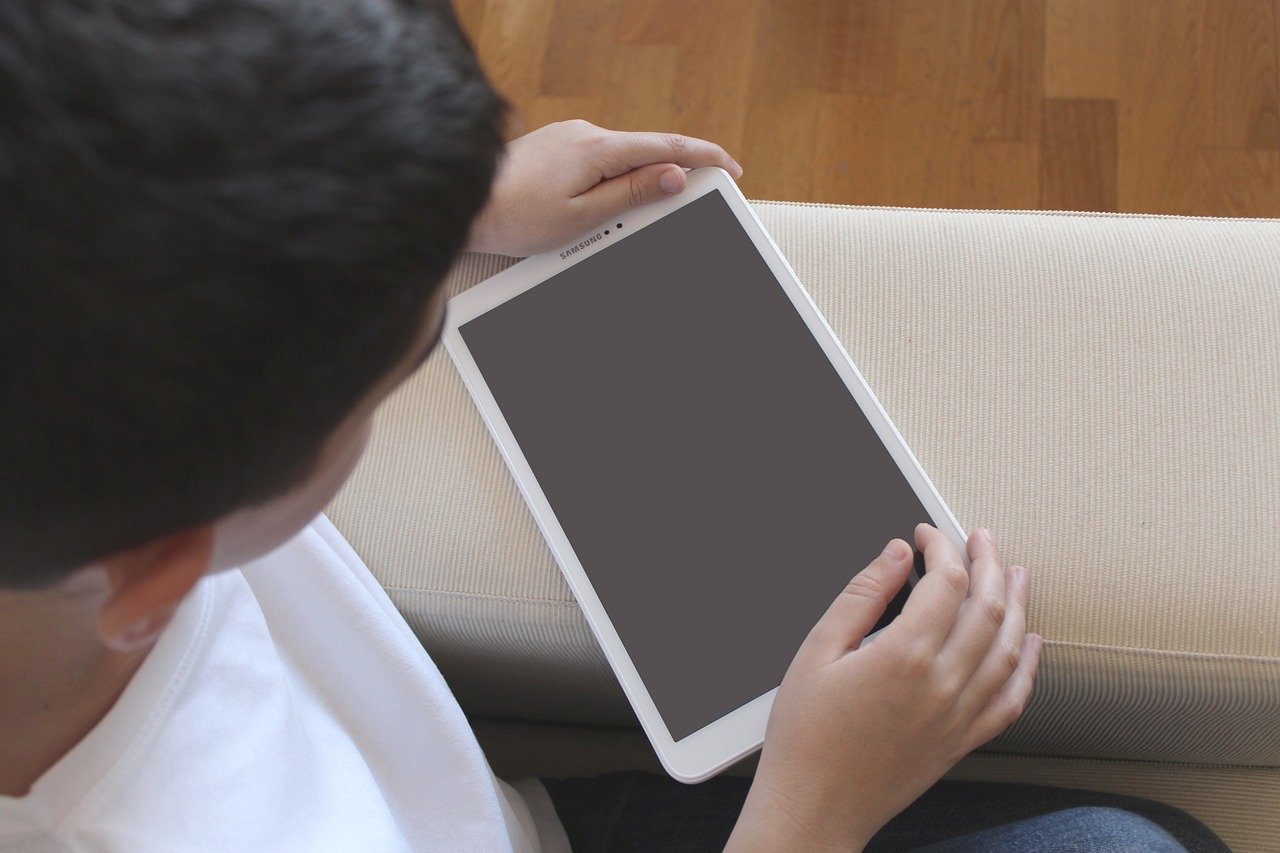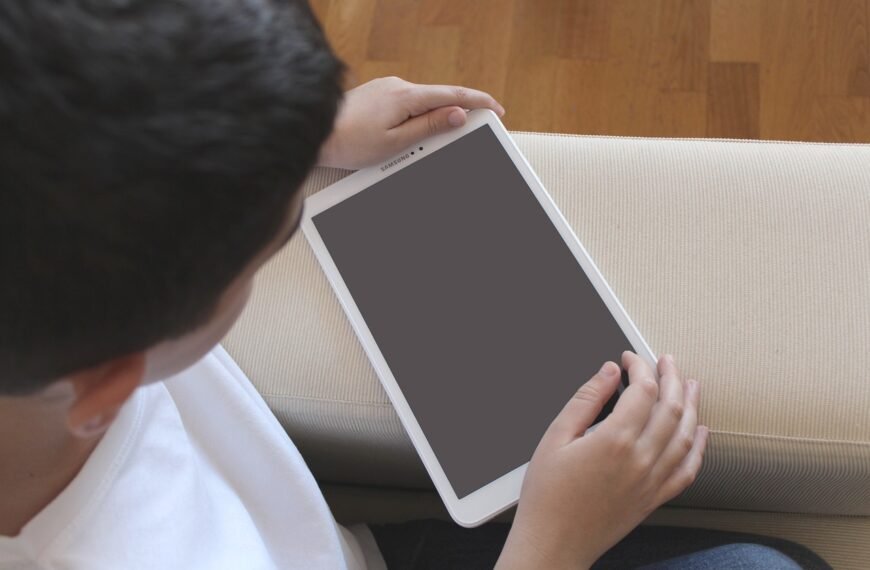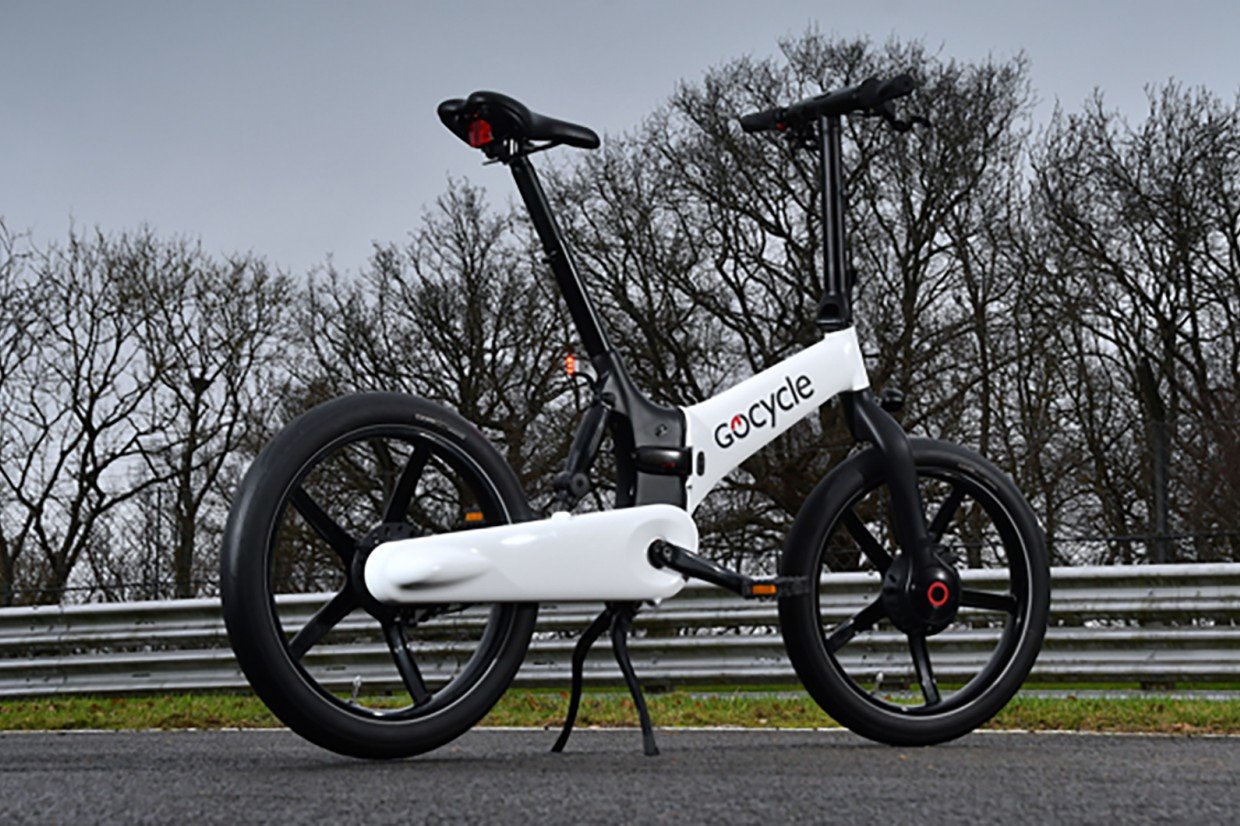In a bold move watched globally, Australia is set to implement a groundbreaking ban on social media for children under the age of 16. Starting December 10th, the government is mandating that social media companies take “reasonable steps” to prevent under-16s from creating new accounts and to deactivate existing ones. This policy, a first of its kind, aims to shield young people from the documented harms of social media platforms.
The driving force behind this decision is a government-commissioned study revealing alarming statistics: 96% of Australian children aged 10-15 use social media, with a vast majority exposed to harmful content like misogyny, violence, and material promoting eating disorders. The ban targets the very design of these platforms, which often encourage excessive screen time and serve up risky content.
Which Platforms Are on the List?
The Australian government has named ten major platforms that must comply with the new law. The list includes Facebook, Instagram, Snapchat, Threads, TikTok, X (formerly Twitter), YouTube, Reddit, and streaming services Kick and Twitch.
The government has stated it will continuously review this list, focusing on platforms whose main purpose is online social interaction, user posting, and networking. Notably, services like YouTube Kids, Google Classroom, and WhatsApp are excluded as they don’t fully meet these criteria. There is also growing pressure to include online gaming platforms in the future.
The Big Question: How Will They Enforce It?
The responsibility – and the legal burden – falls squarely on the social media companies. They face massive fines, up to $49.5 million, for serious or repeated failures to keep underage users off their platforms. The government is not specifying a single method but requires companies to use “reasonable steps” age assurance technologies.
This could involve a mix of methods like:
- Government ID verification
- Facial or voice recognizion
- Age inference, which estimates age based on online behavior
Crucially, companies cannot simply rely on a user self – declaring their age or a parent vouching for them. Meta has already announced it will begin closing teen accounts, offering government ID or a video selfie or age verification if an account is mistakenly removed.
Potential Pitfalls and Public Concern
While the intention is popular with many parents, experts and critics have raised several red flags about the ban’s feasibility and side effects.
1. Flawed Technology: Age verification tech, especially facial recognition, is often least accurate for the young teenagers it’s meant to identify. This could lead to adults being wrongly blocked while some minors slip through.
2. Privacy Risks: Collecting sensitive data like government IDs or biometric information on a massive scale creates a tempting target for hackers, raising significant data protection concerns.
3. Easy to Circumvent?: Some teens are already creating accounts with fake ages. Others may use Virtual Private Networks (VPNs) to mask their location or migrate to less-regulated parts of the Internet.
4. Is the Punishment Enough?: Critics point out that for tech giants like Meta, the multi-million dollar fines represent just a few hours of revenue, potentially making them an acceptable cost of doing business.
5. Unintended Consequences: Some argue the ban could isolate teens who find community online and that a focus on education would be more effective than an outright ban.
How Are Social Media Companies Reacting?
The industry’s response has been largely critical. While Meta has committed to complying, it warned the policy creates “inconsistent protections”. Snap and YouTube have even disputed their classification as social media companies. Google is reportedly considering a legal challenge against YouTube’s inclusion. Other platforms, like TikTok and Snap, have stated they will follow the law despite their opposition.
A Global Experiment Begins
As the first country to enact a total ban of this kind, Australia is becoming a real-world laboratory for digital child protection. Other nations, including the UK and several in Europe, have introduced stricter safety rules or are considering similar age-based restrictions. The world will be watching closely to see if this drastic measure effectively protects children or creates a new set of problems in the digital landscape.




















